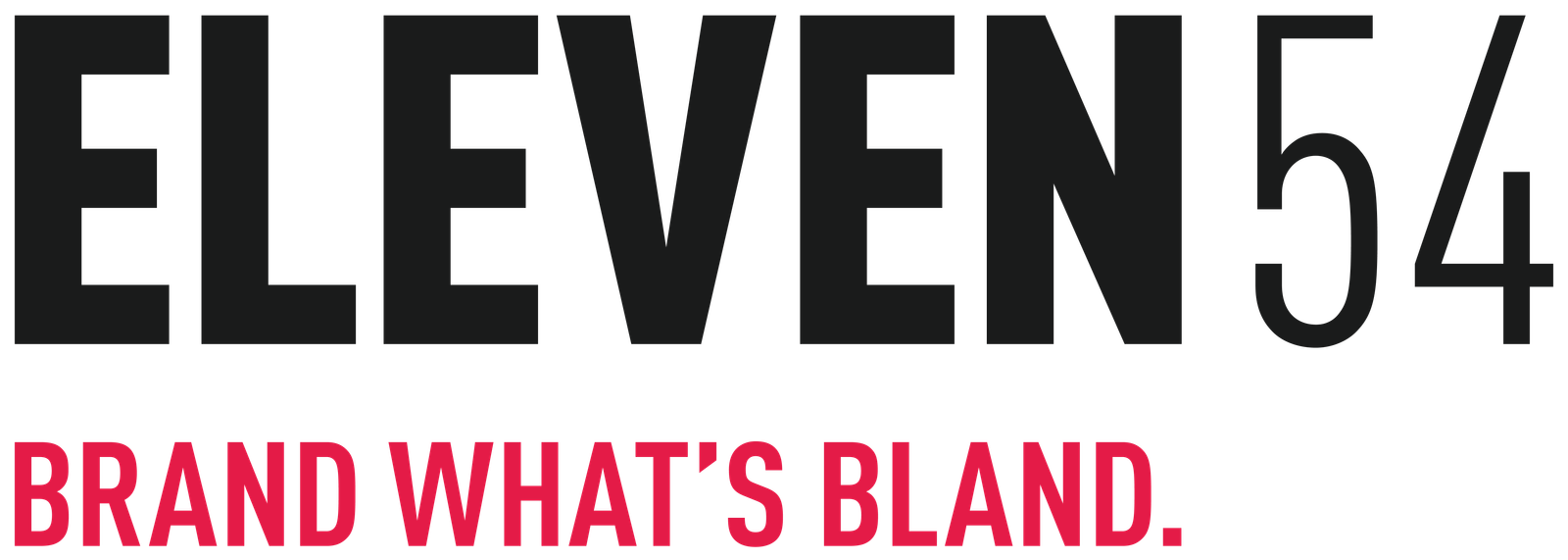Ever wonder if your digital marketing spend is actually making you money? That’s where ROI, or Return on Investment, comes in. It’s the key metric that tells you whether your campaigns are profitable.
The formula is simple: ROI = (Revenue – Cost) ÷ Cost. You can express this as a percentage or a ratio. For instance, if a campaign costs €910 and brings in €5,460 in revenue, your ROI is 500%, which is a 5:1 ratio. This means you earned €5 for every €1 you spent.
Tracking your ROI this way helps you see which campaigns are profitable and where you should reallocate budget for better results.
How to Calculate ROI for Digital Marketing
Here’s a step-by-step guide you can use for any campaign:
- Tally up your costs – Add up all campaign expenses, including ad spend, creative production, software/tools, and any agency or freelancer fees.
- Attributable your revenue – use analytics, UTM tags, CRM data or an attribution model to accurately identify the revenue that came directly from the campaign.
- Find your profit – Subtract your total costs from the revenue to get your profit.
- Calculate the percentage – Divide your profit by the total cost and multiply by 100 to get a percentage.
- Express as a ratio – you can also express this as a ratio, like 5:1, which shows your got €5 back for every €1 you invested.
Remember, accurate revenue attribution is crucial; otherwise, your ROI numbers will be misleading.
What’s a “Good” ROI for Your Business?
There is no single correct number for a good ROI, as it depends on your industry and profit margins. However, these ranges are useful benchmarks for planning:
- Break-even (1:1) – You’ve recovered your costs recovered, but there’s no profit yet.
- Minimal profit (~2:1) – The campaign doubles your spend, but the profit margin may still be small.
- Healthy ROI (~5:1) – This is a common, sustainable benchmark for many businesses. You’re earning about €5 for every €1 spent.
- Outstanding (10:1+) – This is a rare and usually linked to highly targeted or viral campaigns.
A low-margin e-commerce business, for example, needs a higher ROI to be profitable; a high-margin service can be profitable at a lower multiple.
ROI Benchmarks by Channel (European market)
Some channels reliably delivery better returns than others. These are average industry figures to guide planning:
| Channel | Typical ROI | Notes |
| Email Marketing | ~36:1 (3,600%) | Very high ROI because costs are low and targeting is strong. Example: €9.10 – €45.50 returned for every €0.91 spent. |
| SEO/Content | ~22:1 (2,200%) | Investment upfront, long-term compounding returns from organic rankings. |
| Google Ads (PPC) | ~2:1 (200%) | €1.82 returned for every €0.91 spent; highly dependent on targeting and creative. |
| Social Media Ads | Often ?1:1 | Can be costly; best used for awareness, retargeting, or when creative is very strong. |
Example: Nike’s “Just Do It” campaign (Colin Kaepernick) delivered about a 5.2:1 ROI and €5.46 billion in sales – a reminder that creative resonant can multiply returns.
5 Ways to Improve Your Digital Marketing ROI
Improving your ROI is about increasing revenue, reducing cost, or both. Focus on actions that scale efficiently:
- Set clear, measurable goals – Transform your Business by tying your ROI targets directly to business outcomes like revenue, Lifetime Value (LTV), or Customer Acquisition Cost (CAC).
- Prioritise high-performing channels – Shift your budget toward channels that reliably deliver better returns, like email and SEO, but don’t neglect strategic paid channels.
- A/B test relentlessly – Small lifts in conversion rates can compound rapidly. Continuously evaluate ads, Calls to Action (CTAs), landing pages, and offers.
- Personalise your messaging – Segmented and relevant content converts better because it speaks directly to your audience’s needs.
- Automate where possible – Use automation for tasks like drip email campaigns, retargeting sequences, and lead scoring to reduce manual effort and waste.
As an example, a B2B tech company improved its Google Ads ROI from ~2:1 to 4:1, by tightening keyword selection and integrating CRM tracking. This also raised conversion rates and reduced costs per acquisition.
Key Takeaways
- Aim for 5:1 ROI as a healthy target, but set expectations based on your specific industry and margins.
- Channels like email and SEO often provide the highest returns, while paid channels require careful and continuous optimisation.
- Measure your results accurately, test innovative ideas continuously, and reallocate your budget to what truly drives profit.

